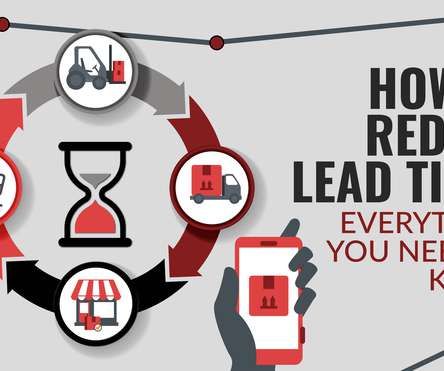How Smart Contracts Are Impacting Supply Chains
Logistics Viewpoints
MARCH 12, 2025
Suppliers using blockchain for supply chains: IBMs TradeLens, VeChain, SAP Blockchain, Hyperledger Fabric What Are Smart Contracts and How Do They Work? Suppliers of smart contract development tools: Ethereum Foundation, Polkadot, Hyperledger, OpenZeppelin, Chainlink How Smart Contracts Automate Supply Chains 1.






















Let's personalize your content